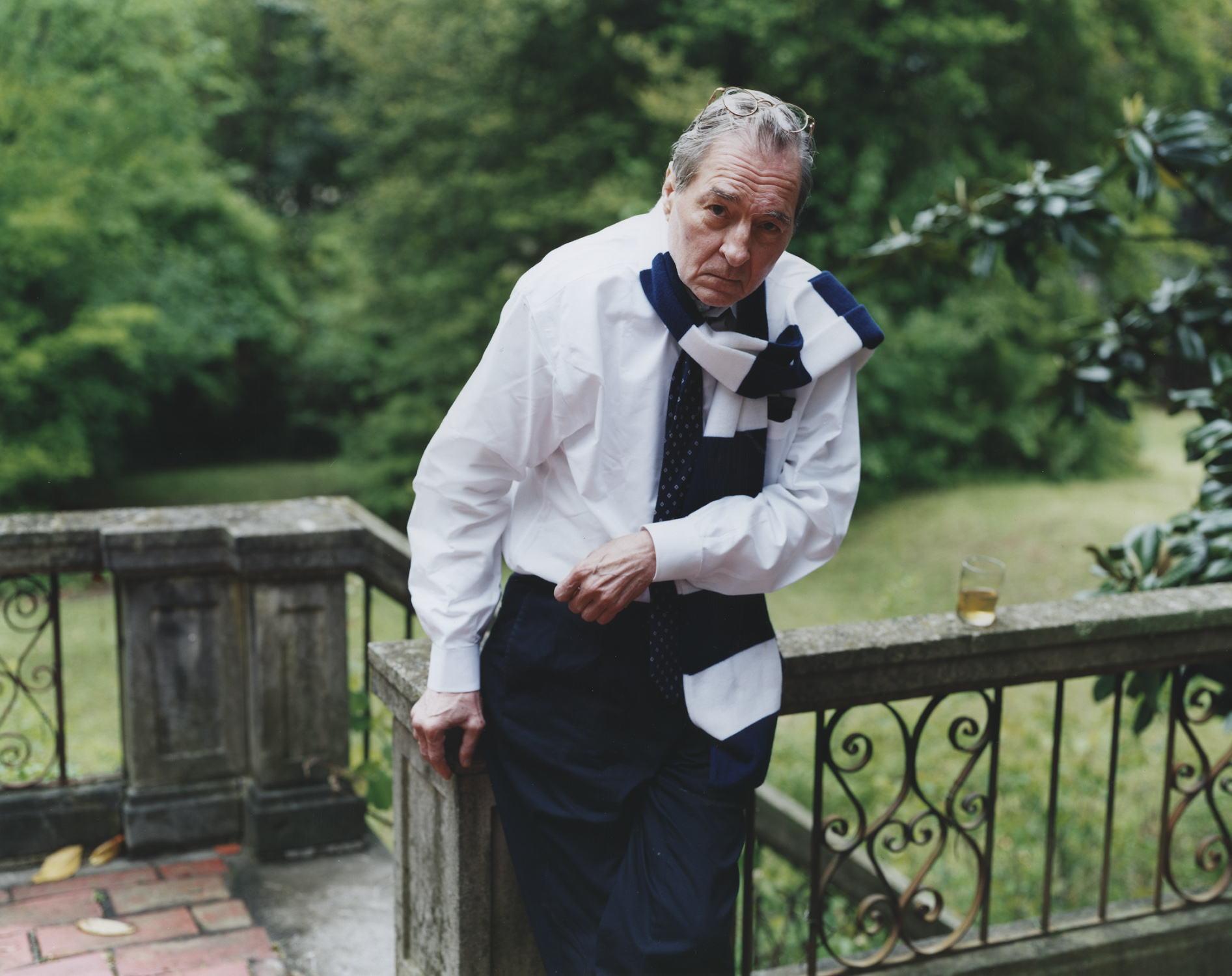
Once again, a jaunty parade of artists appears across the pages of a book by New York-based photographer Jason Schmidt. In Artists II, published by Steidl, more than a hundred acclaimed and lesser-known talents from the art world—painters, photographers, and sculptors—pose for Schmidt and reveal themselves to various degrees.
With discreet spontaneity, Schmidt brings us behind the scenes into a place of creativity and inspiration, on the threshold where the idea that gleamed in the artist’s mind gradually emerges into reality.
Humbly described as an “excuse to visit artists who’s work I am a fan of,” this book portrays artists not beside their finished opus but in the realm of their workspace where the artifacts get made, valuing the narrative that a physical workshop itself can convey.
“Where the work was made is so telling,” says Schmidt. “And getting a sense of the process [is too.] I like seeing unfinished works, since the final work goes to the gallery or museum and is well documented.”
Still Schmidt’s book leans more toward appreciating the craftsman than the artist’s persona. Pictures are not ordered alphabetically but rather according to Schmidt’s aesthetic or logical sense. Diptychs of portraits are juxtaposed in a variety of combinations, a vestige of Schmidt’s college studies in art history when artists and their works were taught through the projection of dual images, he recalls.
The peculiarity of the text harmonizing with the images enhances the experience of Schmidt’s collection, creating a counterpoint that ultimately increases the engagement and giving a more familiar feeling of these artists than what we have previously observed and imagined. The written element pleases Schmidt too. “[It is] maybe my favorite thing about the book in the end,” he says of the captions where artists were asked to describe what the photo depicts.
“Some answered in short abstract (or obtuse) ways, some in literal descriptions, like a recipe, and others with long bits of prose,” Schmidt says. “But all of them are quite revealing one way or another—by addition or omission—about the work or the artist. It’s sort of like another take on my (photographic) description of the scene. And if I get bored of looking at the photos, which I do, I always love coming back to the texts!”
With Schmidt we descend to a sun-bathed Fifth Avenue, a few blocks south of Central Park, to watch Gus Powell in his moment of truth, almost kneeling—in the “crouching tiger” position as Powell says—to photograph a parade of pedestrians that crowd the sidewalk. The book’s caption describes the photographer’s stream-of-consciousness approach: “For me, the pleasure is in the combinations—in being able to capture a half-dozen to two dozen people crossing paths for just a moment, then locking them into a long-term relationship in a photograph,” Powell’s quote reads.
Some artists are open to the world of possibilities that art concedes with magical incidents that mesmerize, as when William Eggleston discloses: “A student at Yale gave me this scarf when I was there for a lecture. She was beautiful.”
Still others remain more reserved, stoking a grander fascination. Immersed in one of his most natural environments—an open-air, rural Vancouver location spotted with the stylized silhouettes of gears—Jeff Wall explains little but suggests a lot: “Another day out trying to make photographs.”
Jason Schmidt is a New York-based photographer, acclaimed for his portraits of artists and cultural figures.
Lucia De Stefani is a writer and contributor at TIME LightBox. Follow her on Twitter and Instagram.
Follow TIME LightBox on Facebook, Twitter and Instagram.

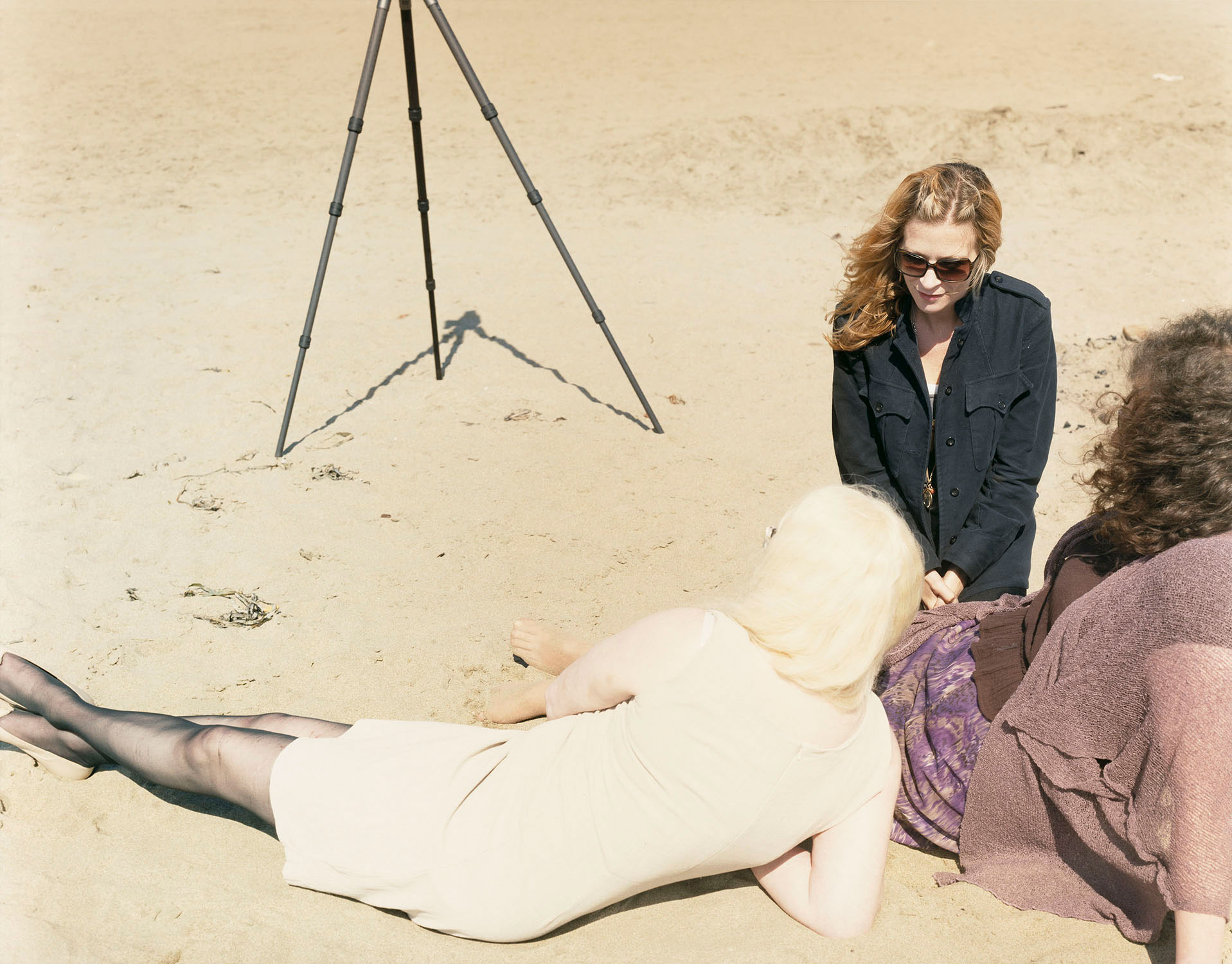
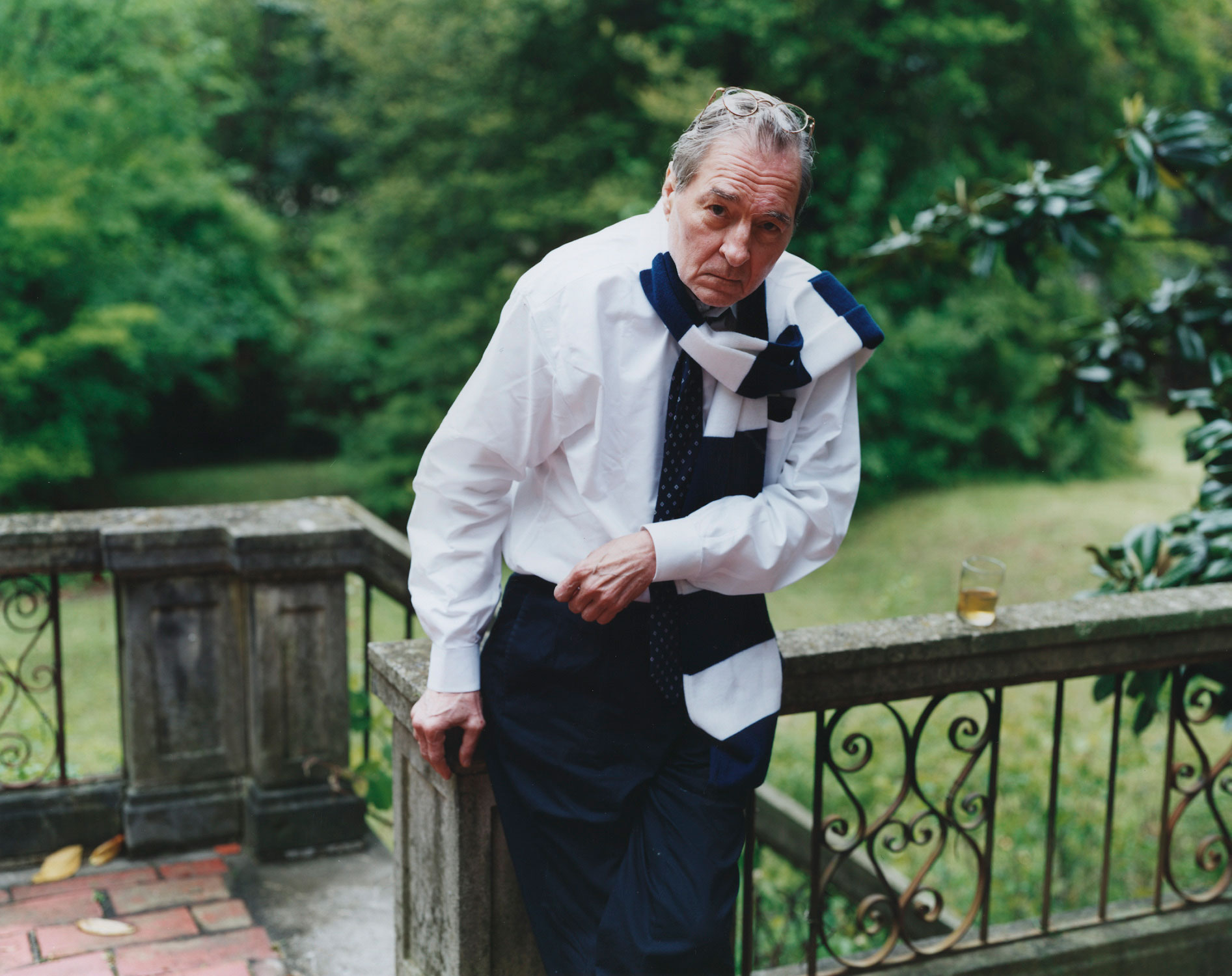
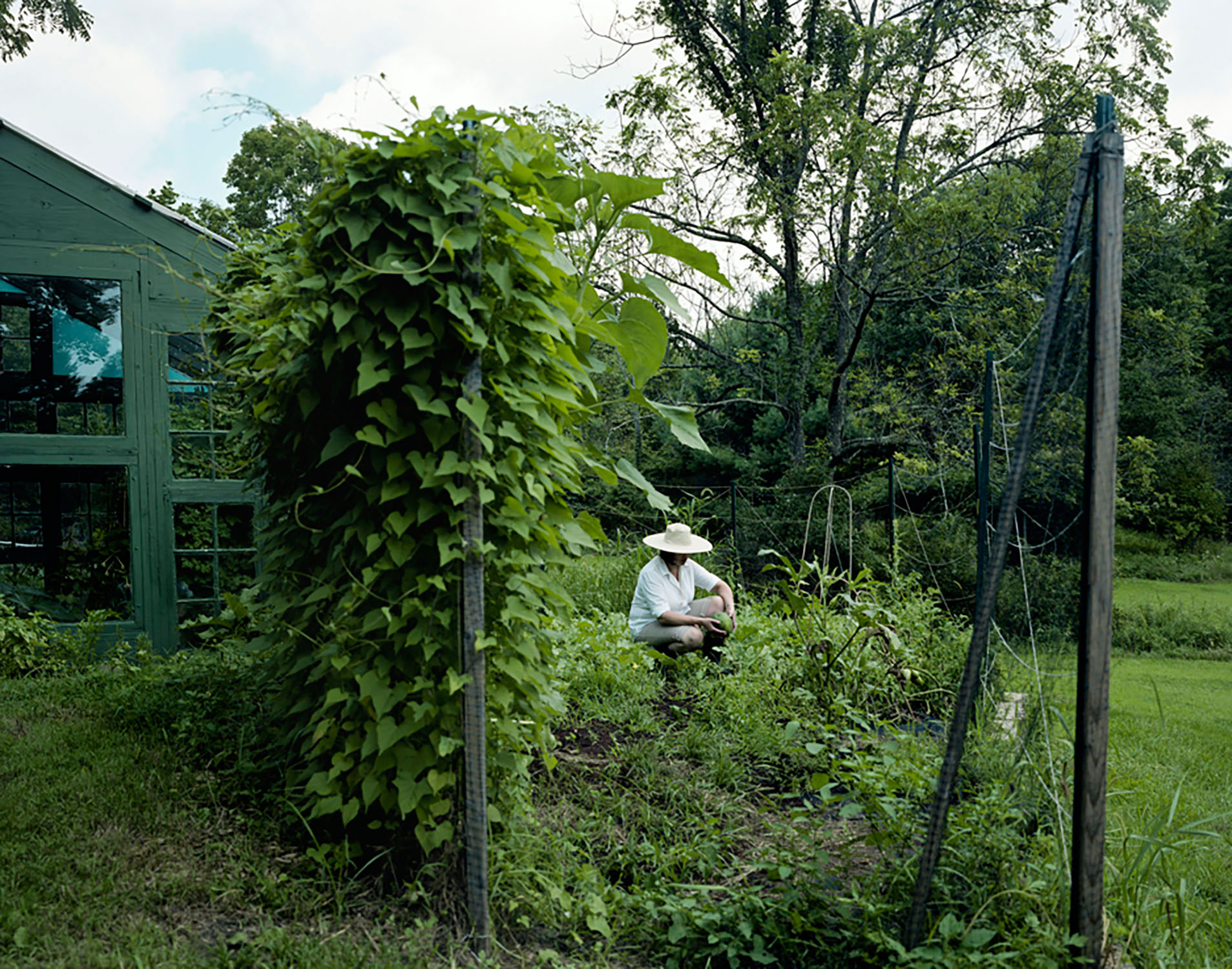
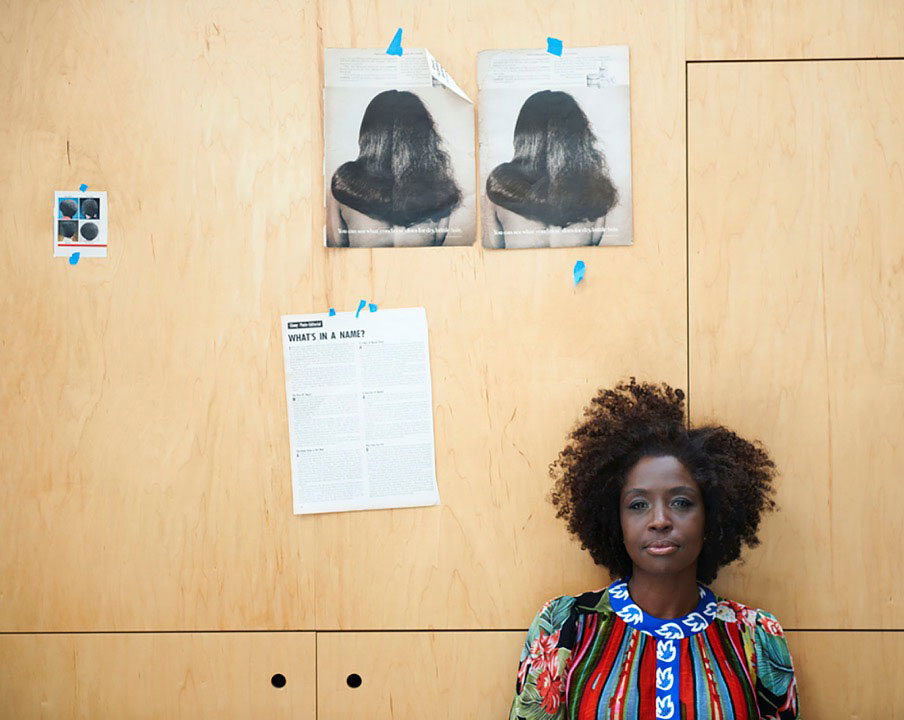
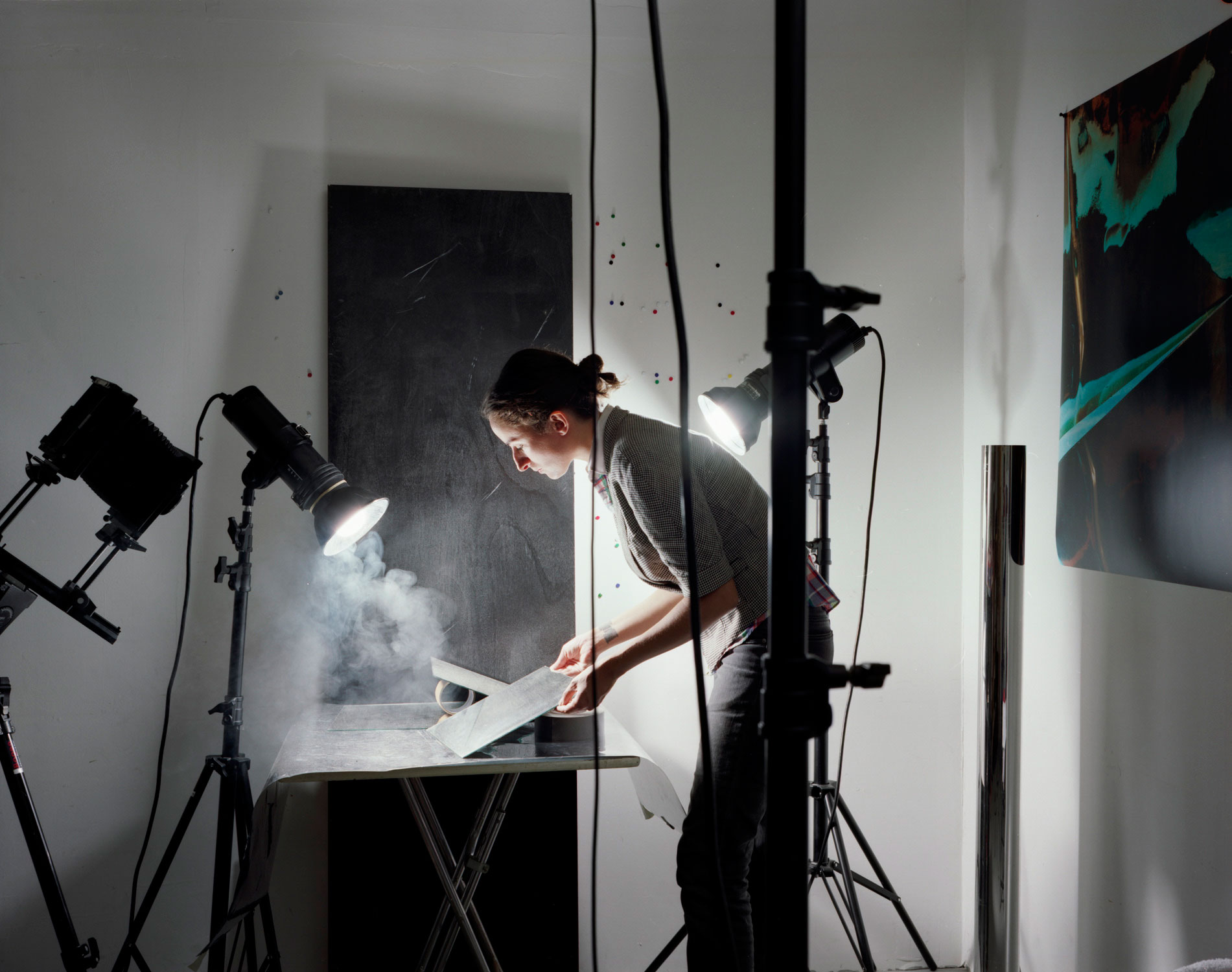
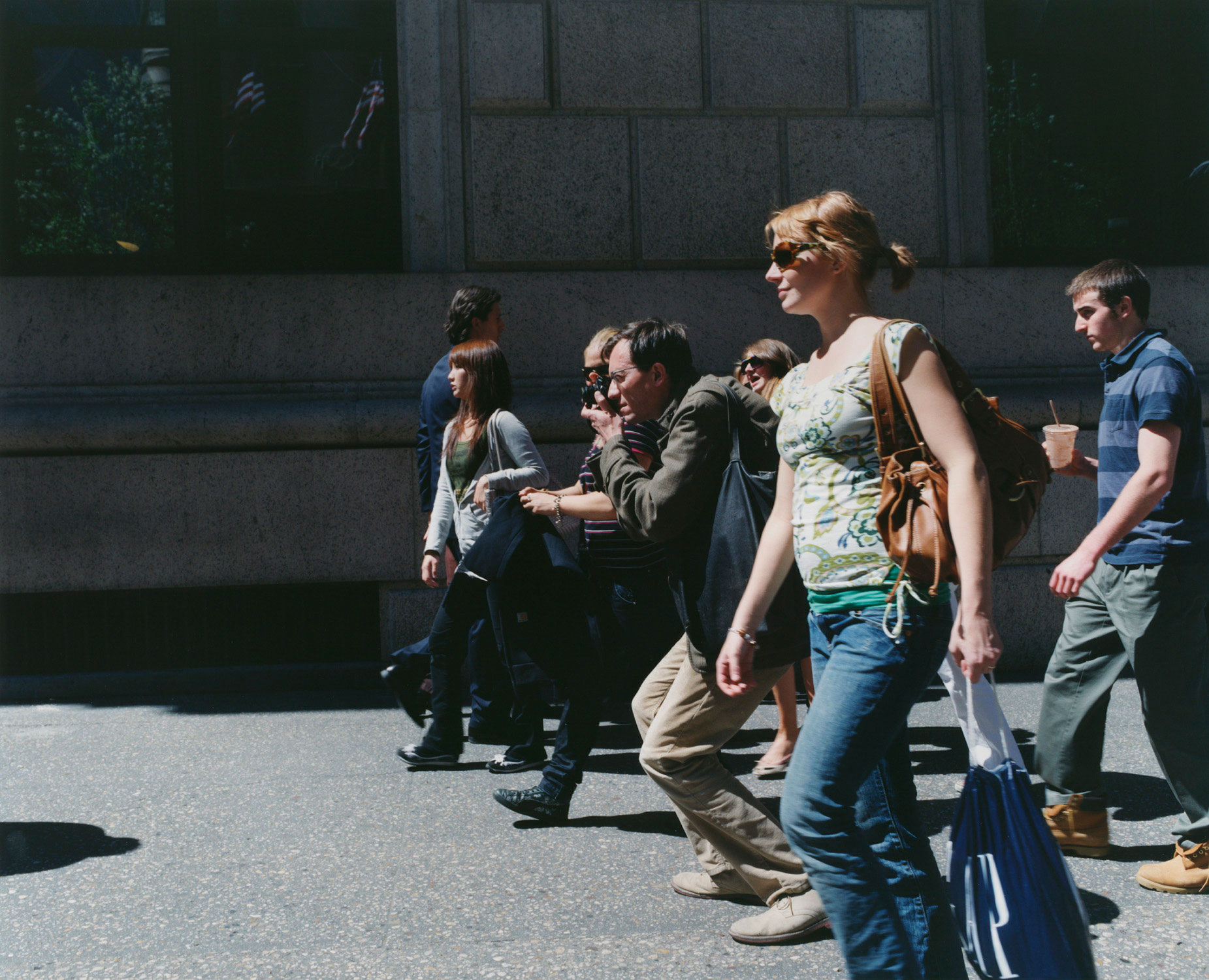
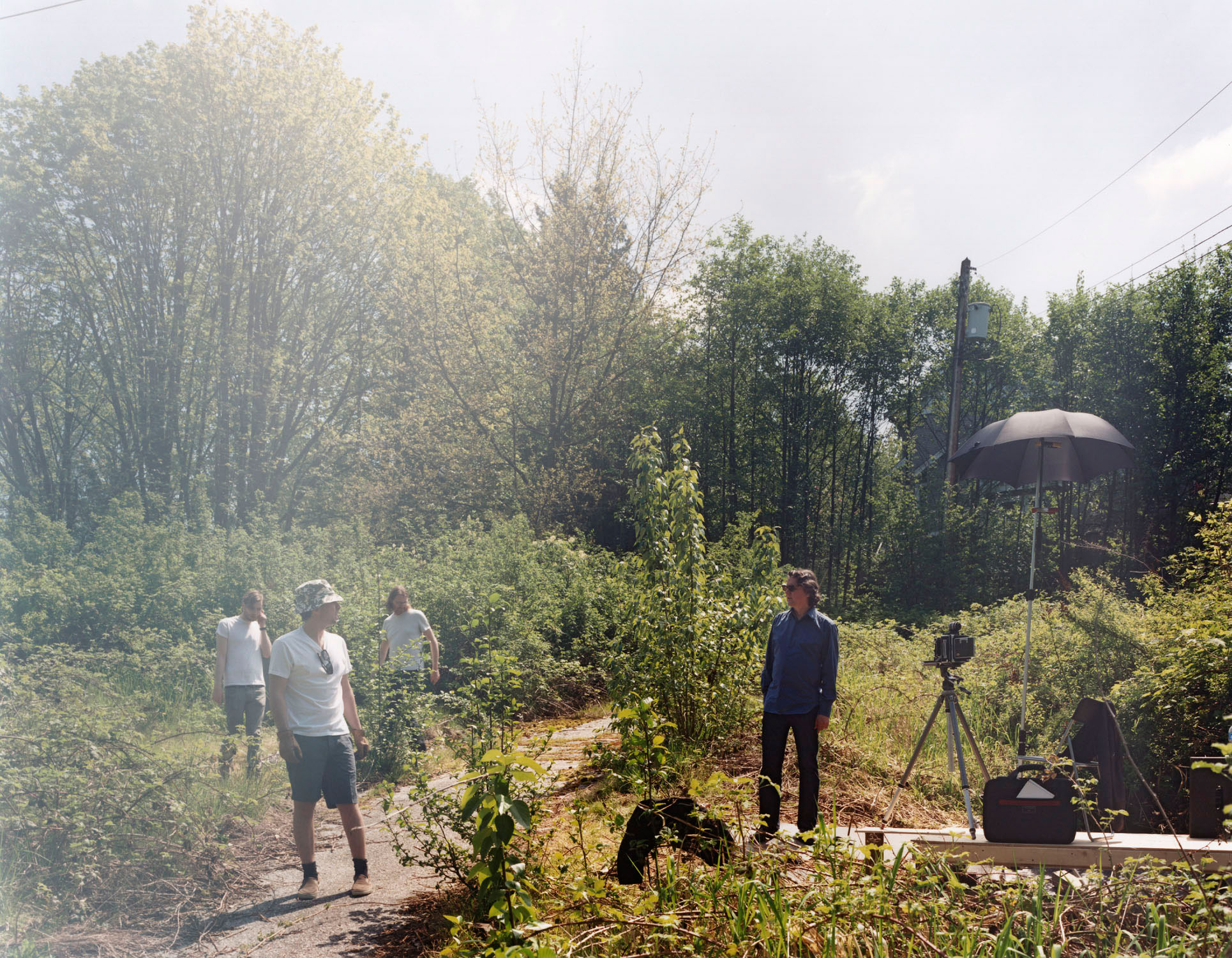
More Must-Reads from TIME
- Cybersecurity Experts Are Sounding the Alarm on DOGE
- Meet the 2025 Women of the Year
- The Harsh Truth About Disability Inclusion
- Why Do More Young Adults Have Cancer?
- Colman Domingo Leads With Radical Love
- How to Get Better at Doing Things Alone
- Michelle Zauner Stares Down the Darkness
Contact us at letters@time.com